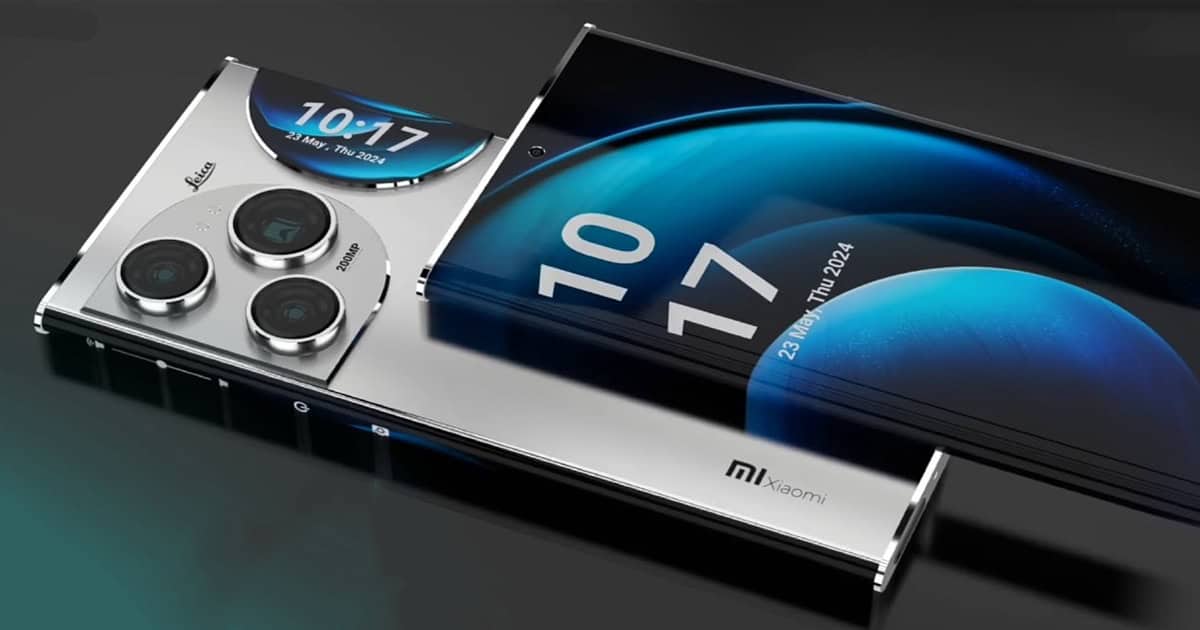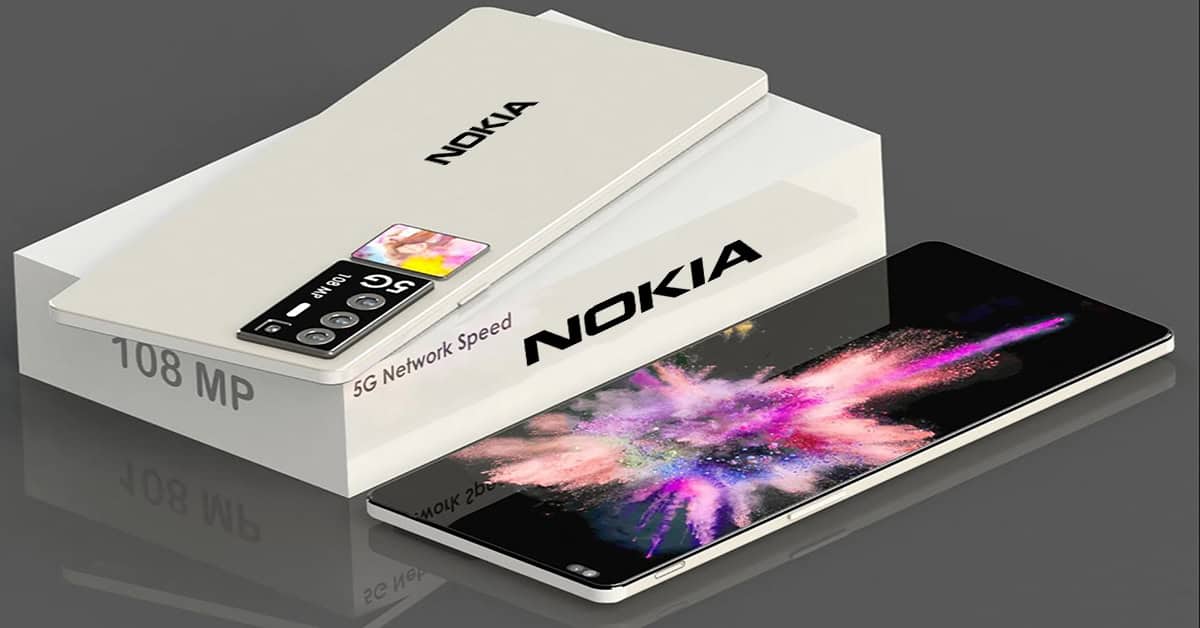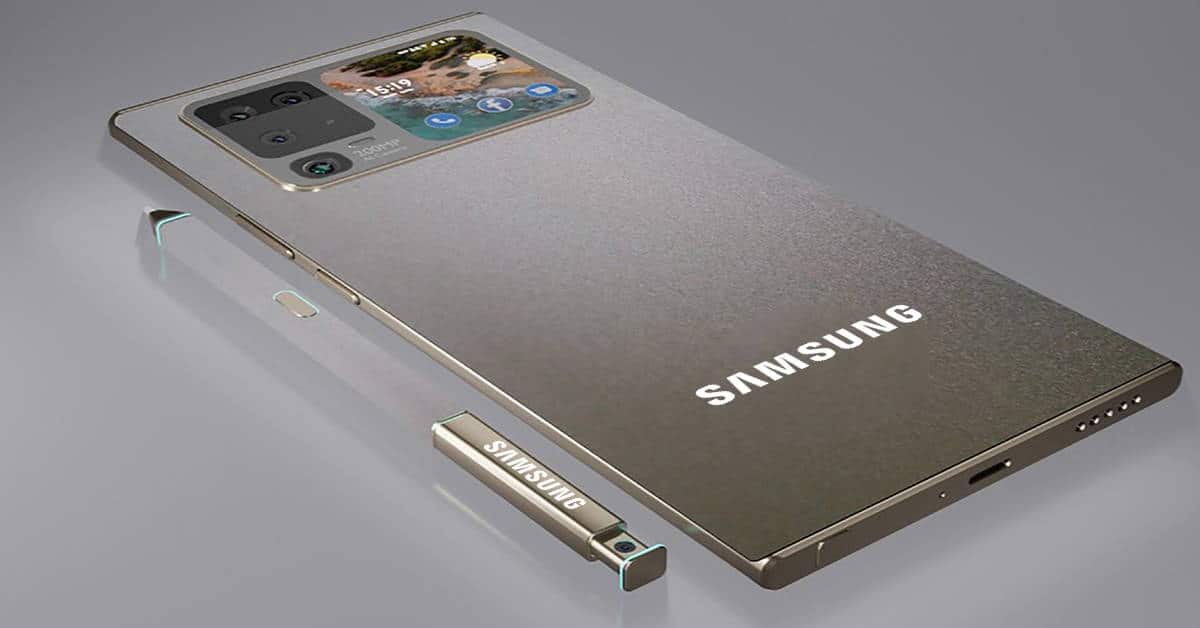Lunar Eclipse 2018: Why we call it the Blood Moon Eclipse?
Tonight, we are going to get the once in a lifetime chance to witness the longest Lunar Eclipse – Blood Moon of the 21st century. Before that, why don’t we discover the meaning behind the name “Blood Moon” first?
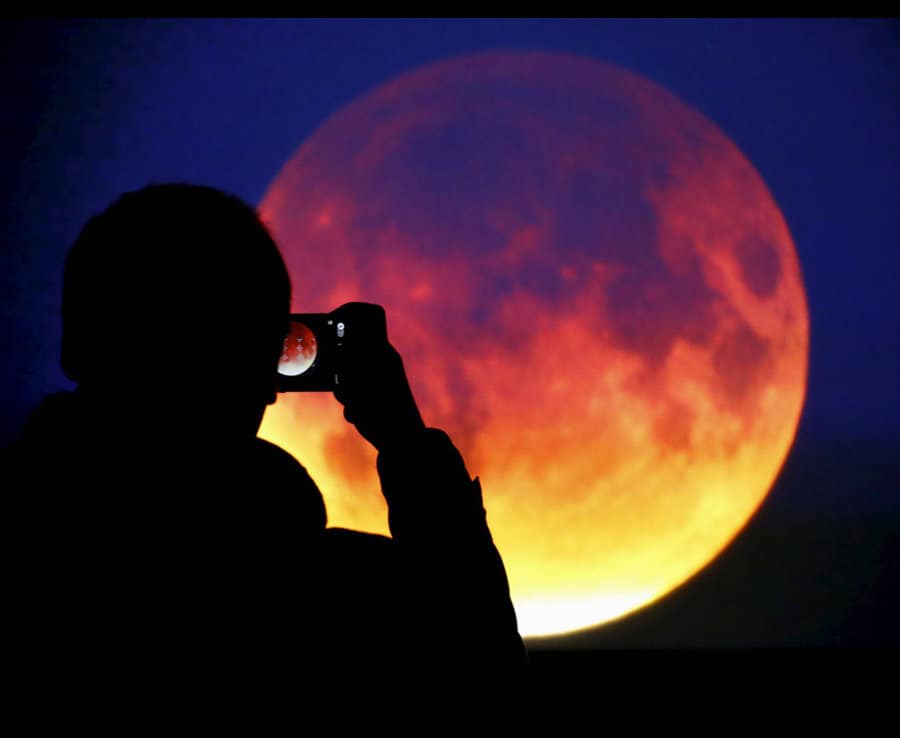
Lunar Eclipse 2018: Why we call it the Blood Moon Eclipse?
The month of July is all set to end with a unique celestial coincidence — the longest Lunar Eclipse of the 21st century. People from all across the globe is going to have their eyes set at the moon as it turns a blood red orange behind the Earth’s shadow for over an hour and 43 minutes. On the other hand, the eclipse will play out simultaneously over the night sky in the final hours of July 27th, and the early hours of July 28th.
In details, the magnificent event follows the Super Blue Blood Moon that played out on the night of January 31 across many parts of the world this year. Despite not being as dramatic in comparison, the event still is observed in hues of scarlet red. Since the moon falls into a position directly behind the Earth, thereby blocking the direct sunlight, it is going to acquire a reddish hue.
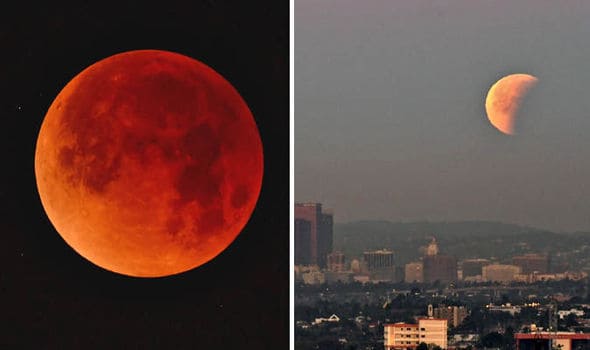
This phenomenon name is a Total Lunar Eclipse. During its full orbit, the moon is going to be at its furthest distance from the Earth, making its revolution around the planet seem slower than usual. What’s more, it is going to also fall under the region over which the Earth casts its shadow, called the Umbra. Moreover, the phenomenon has the famous name Blood Moon Eclipse because the moon reflects red light off its surface. The name describes the event of Rayleigh scattering. Any interference in the way of a beam of light scatters the rays and reflects different colours. The diffusion of view is the same consequence that makes skies blue and imparts an orange tinge to it during sunset.
When can you watch the July Blood Moon?
If you want to watch the July 27 blood moon lunar eclipse, you can stream it HERE. On another note, you will be able to see it in real life if you’re located in Asia, Australia, New Zealand, and much of Europe and Africa.
